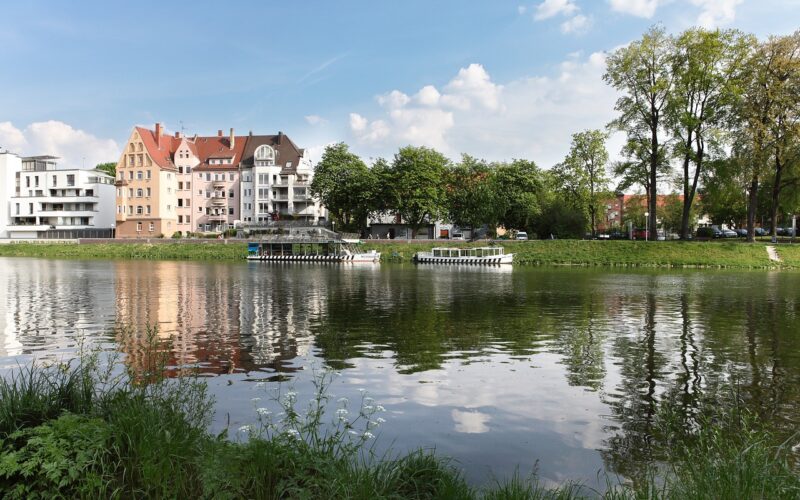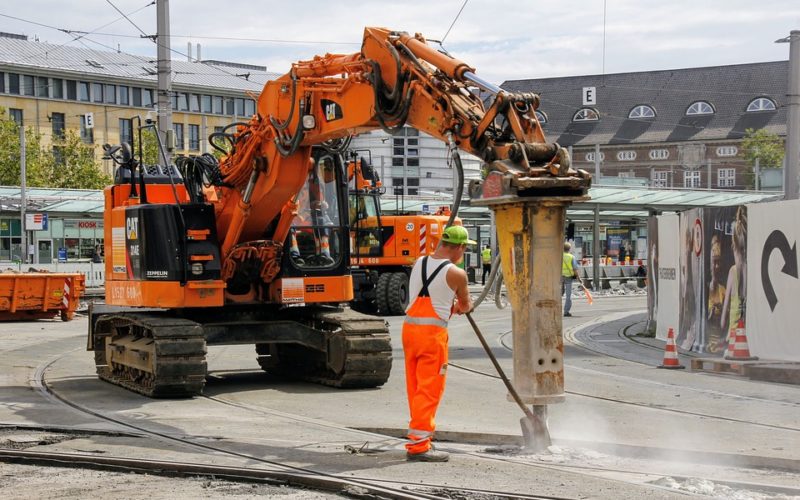Developments have often been an object of derision by locals due to the fact they feel the result will be an ugly blot on the landscape. Many older projects might have been described in that way, but times have changed. Most developers understand their project will be unlikely to turn a profit if they have no sales, so they take the time to design buildings and landscaping for a pleasing look. Adding beautiful value in terms of design is one facet, but creating a larger tax base to offset any costs to local residents is another.
The objections often raised by locals carry a great deal of weight with their local government, and developers work before they propose a project to cover all their concerns. The look of any project is important, and they are aware people do not want an eyesore in their area. Designers are often part of the development team, and their job is to ensure the buildings and landscape will look pleasing to the eye. Many companies design the buildings to fit in with the current look of the area.
Infrastructure can be costly, and another objection by local residents is often how much wear and tear there will be on their roads. They understand new people will be moving into the area, but a major concern is how much traffic will be created. Roads wear down faster when used more, and older roads might need to be completely rebuilt. Most companies are willing to help with the cost of repairing or strengthening roads, and some of them even propose building their own roads into the development area.
While there are often plenty of objections, companies willing to address the issues are the ones that will receive permits. Local residents do understand a new development will often enhance their tax base, and it may also keep their small town or village from becoming a ghost town.























